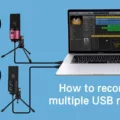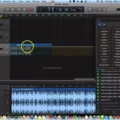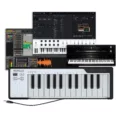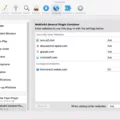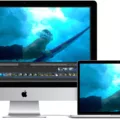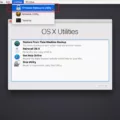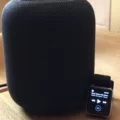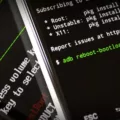MIDI, which stands for Musical Instrument Digital Interface, is a widely used protocol that allows electronic musical instruments, computers, and other devices to communicate with each other. It enables the transmission of musical data, such as notes, control information, and timing, between different devices.
On your Android phone, you have the capability to use it as a USB-MIDI device. This means that by changing the USB settings to MIDI mode, your phone can appear as a MIDI device with both input and output channels. This opens up possibilities for using your phone as a MIDI controller to interact with software on a host device, such as a computer running a Digital Audio Workstation (DAW).
To use your Android phone as a USB-MIDI device, you need to access the USB settings on your phone and select the MIDI mode. Once this is done, your phone will be recognized by the host device as a MIDI device. This allows you to use MIDI controller apps on your phone to send MIDI messages to control various aspects of the software running on the host device.
MIDI messages consist of data that represents musical events. These events can include things like playing a note, changing the pitch or volume, or controlling various parameters of a synthesizer or sampler. By sending these MIDI messages from your phone to the host device, you can control and manipulate the sound produced by the software.
It’s worth noting that MIDI is not limited to just controlling software on a host device. It can also be used to connect and communicate between different MIDI devices, such as synthesizers, samplers, and MIDI controllers. This allows for a seamless integration and synchronization of multiple devices in a musical setup.
MIDI is a powerful protocol that allows for the exchange of musical data between devices. On your Android phone, you can utilize its USB-MIDI capabilities to control software on a host device or connect with other MIDI devices. This opens up a world of possibilities for creating and controlling music using your phone.
What Is The Use Of MIDI In Android?
The use of MIDI in Android allows for the integration of musical instruments and controllers with Android devices. MIDI, which stands for Musical Instrument Digital Interface, is a protocol that enables communication between musical instruments, software, and other devices.
In the context of Android, MIDI functionality allows Android devices to act as MIDI controllers or MIDI devices. This means that you can connect MIDI keyboards, drum pads, synthesizers, or other MIDI-compatible instruments to your Android device and use them to control music software or apps.
Some common use cases for MIDI in Android include:
1. MIDI Controllers: Android devices can be used as MIDI controllers, allowing musicians to play virtual instruments or control music software on their computers. By connecting a MIDI keyboard or other MIDI controller to an Android device, musicians can send MIDI messages that trigger sounds or control parameters in software or apps.
2. Music Production: Android devices can be used for music production and recording purposes. By connecting MIDI instruments or controllers to an Android device, musicians can record MIDI data and use it to trigger virtual instruments or control software synthesizers. This allows for the creation of music compositions directly on the Android device.
3. Live Performances: MIDI in Android enables musicians to perform live with their Android devices. By connecting MIDI controllers or instruments, musicians can control software or apps in real-time during performances. This allows for dynamic control of sound parameters and the creation of unique live performances.
4. Music Education: MIDI functionality in Android can be used for music education purposes. By connecting MIDI keyboards or other MIDI instruments, students can learn to play and practice music using educational apps or software. MIDI can provide real-time feedback on playing accuracy and help students improve their musical skills.
To use MIDI in Android, you need a USB OTG (On-The-Go) adapter or a MIDI-to-USB interface to connect MIDI devices to your Android device. Once connected, you can enable MIDI functionality in the USB settings of your Android device. This will allow your Android device to appear as a MIDI device with input and output channels, which can be controlled by MIDI apps or software on the host device.
MIDI in Android expands the capabilities of Android devices in the realm of music production, live performances, and music education. It provides a convenient and versatile platform for musicians, producers, and music enthusiasts to integrate MIDI instruments and controllers with their Android devices.
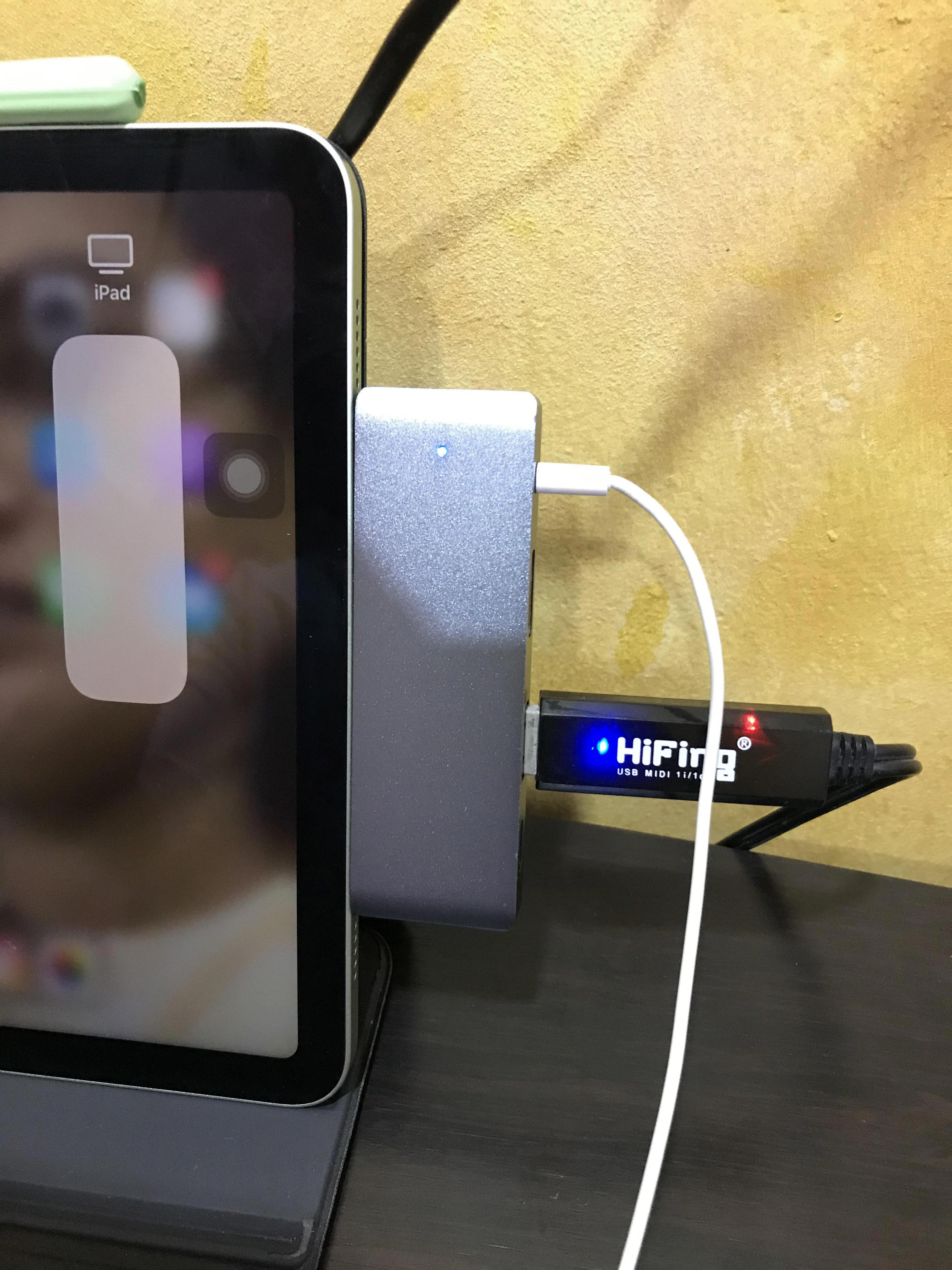
What Is The Purpose Of MIDI?
The purpose of MIDI, which stands for Musical Instrument Digital Interface, is to facilitate communication and control between different devices that generate or manipulate sound. It serves as a standardized protocol for connecting and synchronizing electronic musical instruments, computers, and other equipment involved in music production and performance.
Here are some key points about the purpose of MIDI:
1. Interconnectivity: MIDI allows various devices, such as synthesizers, samplers, drum machines, and computers, to communicate with each other. It enables the exchange of musical information, such as note data, control parameters, and timing signals, between these devices.
2. Control and synchronization: MIDI messages can be used to control parameters on MIDI-compatible instruments and devices. This includes parameters like volume, pitch, modulation, and effects. Additionally, MIDI provides a timing reference, allowing devices to stay synchronized and play in time with each other.
3. Composition and arrangement: MIDI is widely used in music composition and arrangement. By connecting MIDI-compatible devices, musicians and composers can record and playback their musical ideas, edit and manipulate the recorded data, and layer multiple tracks to create complex compositions.
4. Virtual instruments and software: MIDI is the backbone of virtual instruments and software-based music production. MIDI messages can be used to trigger and control virtual instruments, software synthesizers, and digital audio workstations (DAWs). This allows musicians and producers to create music entirely within a computer environment.
5. Live performance: MIDI is frequently used in live performances to control and synchronize various musical elements. It enables musicians to trigger samples, change instrument sounds, control lighting and visual effects, and automate complex performance setups.
The purpose of MIDI is to provide a standardized communication protocol for connecting and controlling electronic musical instruments, computers, and other devices involved in music production and performance. It allows for interconnectivity, control, synchronization, composition, arrangement, and live performance.
Why Do I Need MIDI Out?
MIDI OUT is an essential feature for anyone involved in music production or performance. Here are several reasons why you may need MIDI OUT:
1. Connecting to external devices: MIDI OUT allows you to connect your MIDI-compatible device, such as a keyboard, synthesizer, or drum machine, to external hardware or software. This connection enables you to control and trigger sounds on other devices or software instruments.
2. Controlling multiple devices: With MIDI OUT, you can control multiple devices simultaneously. By connecting your device to a MIDI patchbay or mixer, you can send MIDI data to multiple devices, allowing you to create complex and layered musical arrangements.
3. Expanding your sound palette: MIDI OUT enables you to access a vast range of sounds and instruments beyond what your device offers. By connecting to external sound modules or software synthesizers, you can take advantage of their unique sounds and capabilities, enhancing your musical compositions.
4. Sequencing and recording: MIDI OUT is crucial for sequencing and recording MIDI data. You can connect your device to a computer or a standalone MIDI sequencer to record your performances or create complex musical arrangements. MIDI data can be easily edited, manipulated, and rearranged, providing flexibility in the creative process.
5. Integration with DAWs: Digital Audio Workstations (DAWs) are widely used in music production, and MIDI OUT allows seamless integration with these software platforms. By connecting your device to a computer running a DAW, you can control virtual instruments, automate parameters, and record MIDI performances directly into your projects.
MIDI OUT is a fundamental feature that expands the possibilities of your MIDI-compatible device. It allows you to connect, control, and integrate with other devices, software, and platforms, enhancing your musical creativity and production workflow.
What Does It Mean When It Says Use Device As MIDI?
When a device has the option to “use device as MIDI,” it means that the device can function as a MIDI interface. MIDI stands for Musical Instrument Digital Interface, and it is a protocol used to communicate musical information between electronic devices.
By selecting the “use device as MIDI” option, you are enabling your device to send and receive MIDI signals. This allows you to connect your device to other MIDI-capable devices, such as keyboards, synthesizers, or computers, and exchange MIDI data.
Here are some key points to understand about using a device as MIDI:
1. MIDI Input: When your device is set to use MIDI, it can receive MIDI data from external sources. This means you can connect MIDI keyboards, controllers, or other devices to your Android device and use them to control MIDI-compatible apps or software.
2. MIDI Output: With the “use device as MIDI” option, your device can also send MIDI data to external devices. This allows you to control MIDI instruments or software using your Android device. For example, you can play virtual instruments on a computer or trigger sounds on a MIDI synthesizer.
3. USB Connection: The “use device as MIDI” option typically refers to MIDI over USB. It means that you can connect your Android device to another device using a USB cable and transmit MIDI data between them. This is commonly used when connecting an Android device to a computer for music production or live performance.
4. App Compatibility: Not all Android apps support MIDI communication. However, by using the device as MIDI, you can use MIDI-enabled apps to create music, control virtual instruments, and record MIDI data. Make sure to check if your desired app supports MIDI functionality.
To summarize, using a device as MIDI means enabling it to send and receive MIDI signals, allowing you to connect to other MIDI-capable devices and control music software or instruments. This can be done through a USB connection, and it opens up possibilities for music production, performance, and creative expression.
Conclusion
MIDI (Musical Instrument Digital Interface) is a powerful tool that allows devices to communicate with each other and control sound. It enables the connection of various devices, such as synthesizers, samplers, and computers, to create and manipulate music.
By utilizing MIDI messages, devices can send and receive data, allowing for the seamless integration of different components in a music production setup. MIDI offers input and output channels, which enable devices to both send and receive MIDI data.
One of the key features of MIDI is its ability to connect to Android devices as a USB-MIDI device. By changing the USB mode to MIDI in the settings, an Android device can be recognized as a MIDI device by a host, such as a computer or a Digital Audio Workstation (DAW). This opens up opportunities for controlling software and creating music directly from an Android device using MIDI controller apps.
MIDI provides a standardized protocol for music devices to communicate and collaborate, making it an essential component in the music production world. It allows for seamless connectivity and control, enabling musicians and producers to unleash their creativity and create unique compositions.

